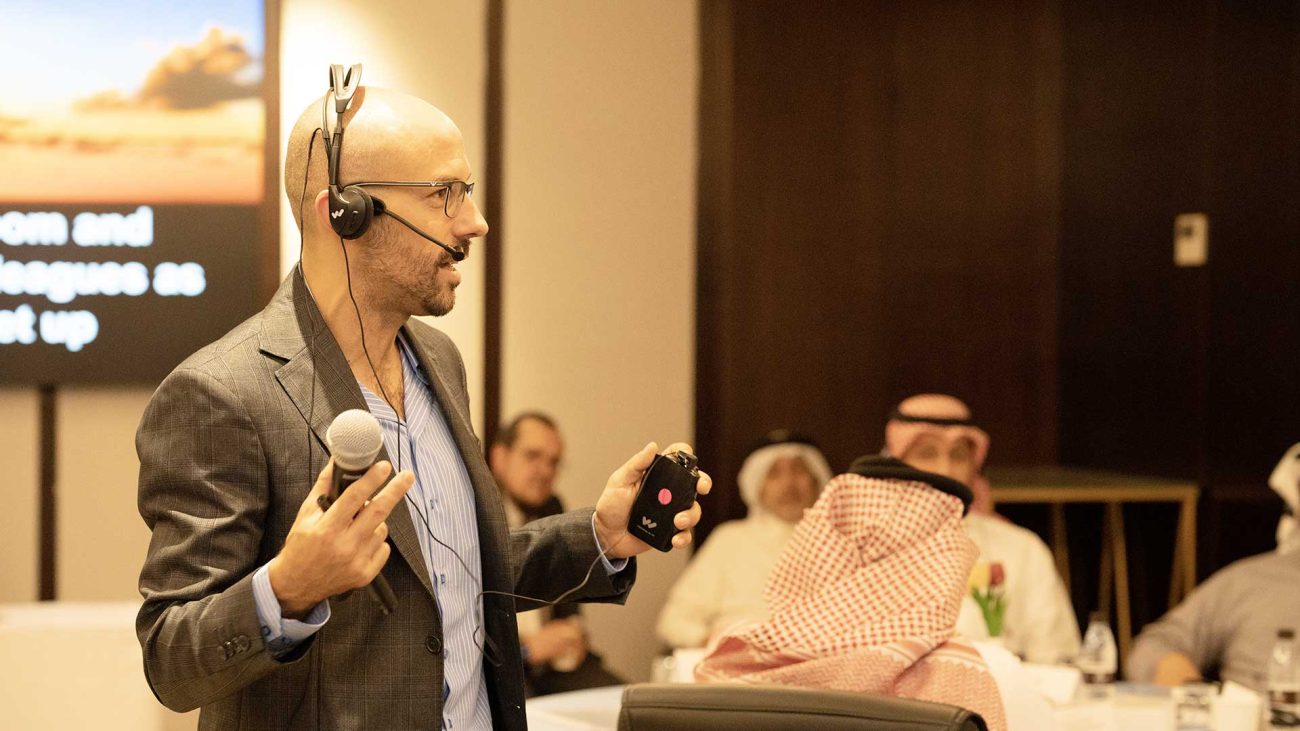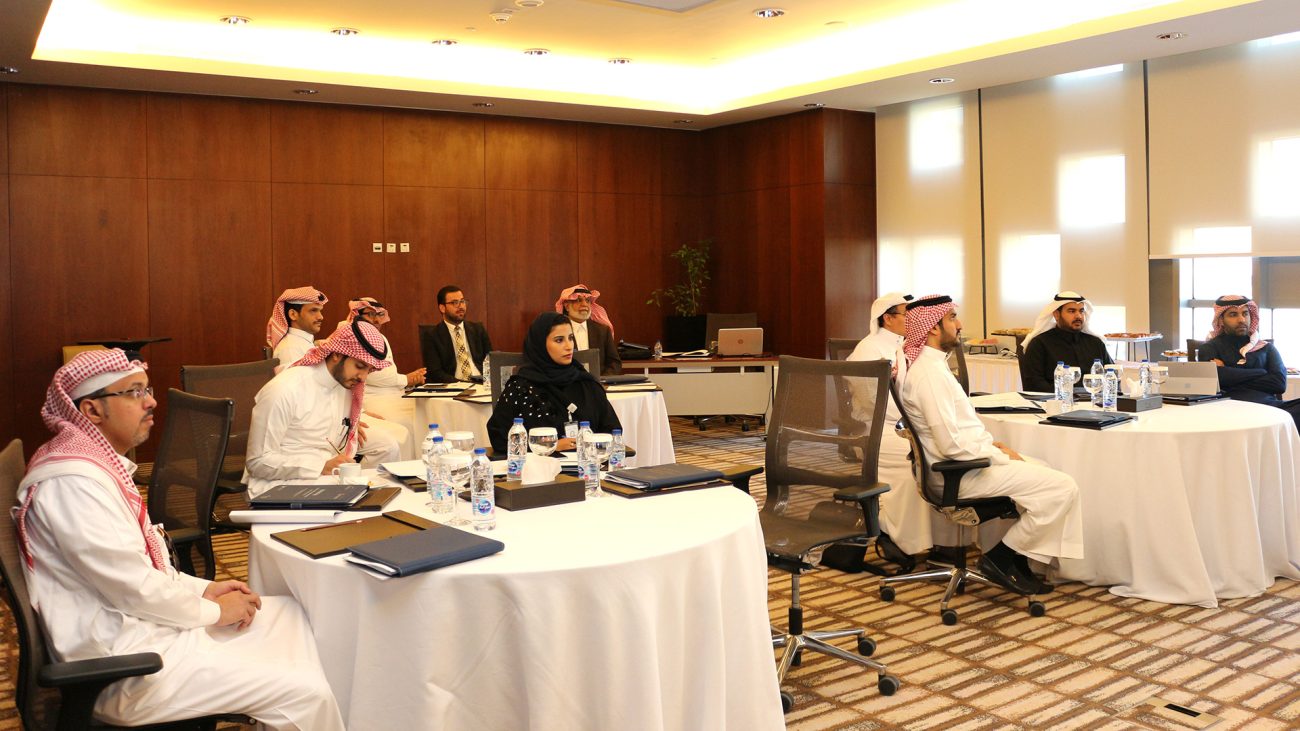Excellence in Digital Governance
We apply a Kaizen-based change model to drive continuous improvement through ICT, transforming the public sector by enhancing efficiency, effectiveness, transparency, accountability, service accessibility, and citizen participation.
Since 2019, we have collaborated with the DGA to enhance the Kingdom’s standing in international digital government indicators.
Excellence in Digital Governance (eGX™)
A Proven Methodology for Establishing Continuous Improvement Systems in Digital Governance
We specialize in international, regional, and local indicators, using the Kaizen System for Institutional Excellence (™KSIX), and modern trends in UNDESA, World Bank, IMD, ESCWA, OECD, European Union, and other indicators. We provide our services to the public sector to measure and improve e-government readiness with independent indicators, including the E-Government Development Index (EGDI), E-Participation Index (EPI), Open Government Data Index (OGDI), Local Online Service Index (LOSI), Government Technology Maturity Index (GTMI), Network Readiness Index (NRI), Digital Government Ranking (DGR), Digital Competitiveness Ranking, Digital Adoption Index (DAI), Government E-payments Adoption Ranking (GEAR), Digital Government Index (DGI), eGovernment Benchmark, GovTech Index, Sustainable Development Goals (SDG) indicators, and others.
We use digital governance methodologies, models, and technologies developed by Kaizen Company and its ally, the United Nations University eGovernment Unit (UNU-EGOV), to help public institutions improve the quality of their digital services provided to individuals and organizations.

How Do We Apply the Methodology of Excellence in Digital Governance?
We Use a Comprehensive Approach to Apply the Methodology of Excellence in Digital Governance (™eGX) in Public Institutions. First, We Review the Institution's Digital Transformation Strategy and Apply the Hansei Process to Reflect on Current Performance and Determine What the Institution Will Look like when its Strategy Succeeds. Then We Map Breakthrough Goal Projects, Develop a Maturity Assessment Framework Based on International, Regional, and Local Indicators in Governance and Digital Transformation Areas, Prioritize, Divide Tasks into Successive Rounds, and Apply the Maturity Assessment Framework at the End of each round to Draw a Picture of Governance and Digital Transformation Maturity in the Institution. To Ensure Steady Progress towards Achieving the Goal, We Establish a Structure for Implementation Follow-Up and Apply a Standard Methodology in Measuring the Institution's Success in Achieving Action Plan Outcomes and Necessary Corrective Measures. Finally, We Establish Foundations and Enablers for Continuous Improvement by Applying the Triple Change System as a Basis for Achieving Excellence and Innovation Model Results in Governance and Digital Transformation Areas.
- Review the institution's digital transformation strategy and apply the Hansei process to reflect on current performance.
- Establish a control center, select excellence ambassadors, organize teams, establish a robust communication and change plan, and plan for upcoming activities.
- Identify current methodologies in excellence, governance, and digital transformation areas.
- Study opportunities and strategic options resulting from applying the five principles (field presence, change drivers, value innovation, operational excellence, and continuous improvement culture).
- Confirm data validity in the field: Review results of relevant international, regional, and local indicators.
- Prepare the report: Determine what the organization will look like when its strategy succeeds, identify initiative goals, options and important issues, success factors, competitive advantages, and levels of the organization's ecosystem.
- Analyze main value streams and derive breakthrough goals.
- Define the future state vision and draw visual maps showing areas and projects for improvement.
- Identify priorities and goals that ensure steady progress towards achieving the vision, and prepare Hoshin matrices, plans, and implementation structure.
- Deploy Hoshin plans using the Catchball method to build implementation plans down to impact points.
- Organize and implement Kaizen events to prepare visual dashboards in the control center in preparation for implementation.
- Convert breakthrough goals into annual goals organized in a Hoshin matrix and deployed at all levels.
- Develop an Institutional Excellence Maturity Assessment Framework based on best practices in the project scope (e.g., EFQM, KAQA, ISO, eGDI).
- Design the first version of the sustainability program.
- Prioritize and divide tasks into successive rounds.
- Apply the Institutional Excellence Maturity Assessment Framework at the end of each round.
- Apply review tasks to analyze incomplete goal-related tasks.
- Execute rounds with excellence ambassadors participating as accompanying consultants.
- Full implementation: Build excellence ambassadors' capabilities to participate independently in implementation at the organizational level.
- Use the eGX Maturity Assessment Framework to draw a picture of the maturity of excellence culture in governance and digital transformation areas within the institution.
- Improve the sustainability program based on the results of the current implementation round.
- Review improvement priorities and implementation roadmaps for upcoming rounds.
- Establish a value audit system, measure achievement of excellence goals, and develop risk plans and preventive measures to correct deviations regularly.
- Operate periodic monitoring models and establish rules for implementation follow-up and review.
- Establish an implementation monitoring structure: Apply a standard methodology to measure the organization's success in achieving work plan outcomes and necessary corrective actions.
- Prepare the final version of the sustainability program, establish operational foundations to sustain progress towards achieving the future state vision, verify result validity, ensure sound methods for identifying causes of weak results, and ways to examine processes leading to these results.
- Create a foundation for change and continuous improvement, establish lean execution principles, and build local team capabilities in planning, implementation, institutional excellence, continuous improvement, and working with Kaizen methodology, using the final version of the sustainability program.
- Establish foundations and enablers for continuous improvement by applying the Triple Change System (D3 Change Model) as a basis for achieving results of other models.
Samples of our Projects
The Methodology of Excellence in Digital Governance (™eGX) is a Proven Methodology in the Public Sector. View Samples of our Projects.









